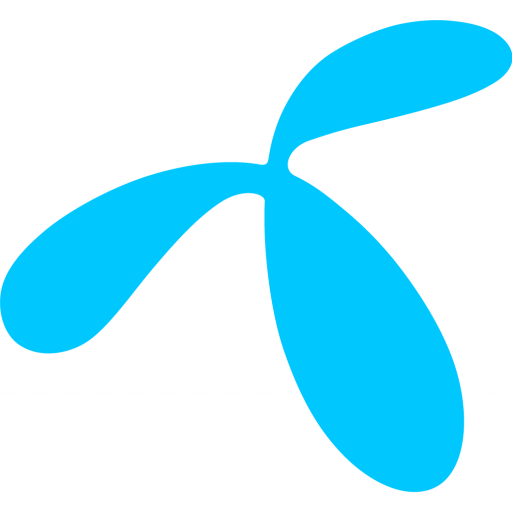How Smart Meter IoT Is Set to Transform the Utility Industry
August 26, 2022
We’re moving towards an energy system that is considerably different from the one we have now. Balancing a new, distributed system is no easy task. And it demands a smart, digitalized grid, enabling two-way communication between generators, transmission and distribution utilities, and consumers. IoT Connectivity and smart meters lie at the heart of this system.
In some cases, smart meters deliver data as frequently as 15-minute intervals across most of Europe. One hour is more common. But the aim is to get those updates much more frequently. If this data can be successfully processed and analyzed in real time, it will unlock the grid flexibility we will need for a complex distributed energy system that is capable of supporting the development of a range of new services.
What Are Smart Meters?
Just like a dumb meter, a smart meter measures gas, electricity or water consumption but, in contrast, it sends its reading to the supplier automatically. Advantages include on-demand information for suppliers and customers, no need for in-person meter readings and greater insights into utility usage.
Benefits of smart metering
As it stands today, smart meters are already rolling out across Europe, helping utilities companies and users more conveniently measure and monitor the consumption of electricity, gas, and water.
The main benefits of smart meters is that they help users avoid nasty surprises arising from estimated bills (which can sometimes result in either paying too much or too little and therefore having to make up the shortfall).
In addition, smart meters also help users avoid the inconvenience of having to submit meter readings and in most cases have them inspected at all. In both scenarios, customers are empowered to control and manage their consumption, and utility providers are enabled to plan and optimise their systems so demand and supply can be better balanced.
Smart meters also provide an avenue for service providers and customers to gain deeper insights into supply. For example, being able to adjust consumption by knowing the prices over the coming 24 hours can lower costs significantly. Similarly, some prosumers are already converting energy from wind and solar generation and selling it back to the smart grid. This is likely to become more popular and easier to set-up over time.
In the near future, it is likely that utility companies, third-party service providers and their customers will further explore how they can leverage consumption data to offer additional add-on services. In Sweden, this is already underway, as third-party service providers are already exploring ways to extract data from smart meters in order to develop new services for consumers and retailers.
However, for grid flexibility to work effectively, data must flow more freely throughout the energy system. It is likely that a new collaborative framework and regulation will be needed between all energy sector participants. This includes collaboration between utilities, retailers, prosumers and end-users, as well as between transmission and distribution systems.
How do smart meters connect today?
Most smart meters have adopted wireless connectivity because this is cheaper to deploy in comparison to having a dedicated wired connection to the smart meter. Earlier generation smart meters have taken a simple approach, using 2G cellular connections although some of these are now being upgraded and many more will need to be upgraded over the coming years as 2G/3G networks sunset. In some markets low power wide area networks are being utilized but the majority of deployments from now on are expected to utilize LTE-M or NB-IoT, depending on how much data utilities expect to transmit during the life of the meter.
5G smart meters
So far 5G capabilities of low latency and high bandwidth have not been seen as important in deployments of smart meters to date, partly because the technology hasn’t been deployed ubiquitously and partly because the use cases have not become apparent, yet. Of course, that could all change in time.
Currently, utilities companies are seriously considering LTE-M for smart meters. Other devices in the grid, such as transformer stations, will likely be looking at 4G now and perhaps 5G later on, as they have higher requirements and, in some situations, will replace fixed connections.
Telenor IoT help connect smart meters
Aidon, a Nordic leader in the electricity utility industry for smart metering, smart grids, and Telenor IoT are among the first players on the market to provide an industrial implementation for GSMA eSIM SGP.31 standard enabling remote operator change.
Similarly, Telenor IoT is helping Sanxing, a leading provider of intelligent power distribution and utilization systems that include smart meters, transformers, electric vehicle chargers and other power equipment solutions, to connect 1 million smart meters using the latest, 5G future proof LPWA (Lower Power Wide Area) technology.
IoT smart metering
If we zoom out, it’s clear we already have the technology that enables us to share and exchange information. However, it is likely that grid flexibility will remain somewhat limited until older meters currently in use are replaced with next-generation meters that offer better functionality and bandwidth. To be successful, utilities company’s and third-party providers will also need to cooperate to create new services that appeal to most users.

